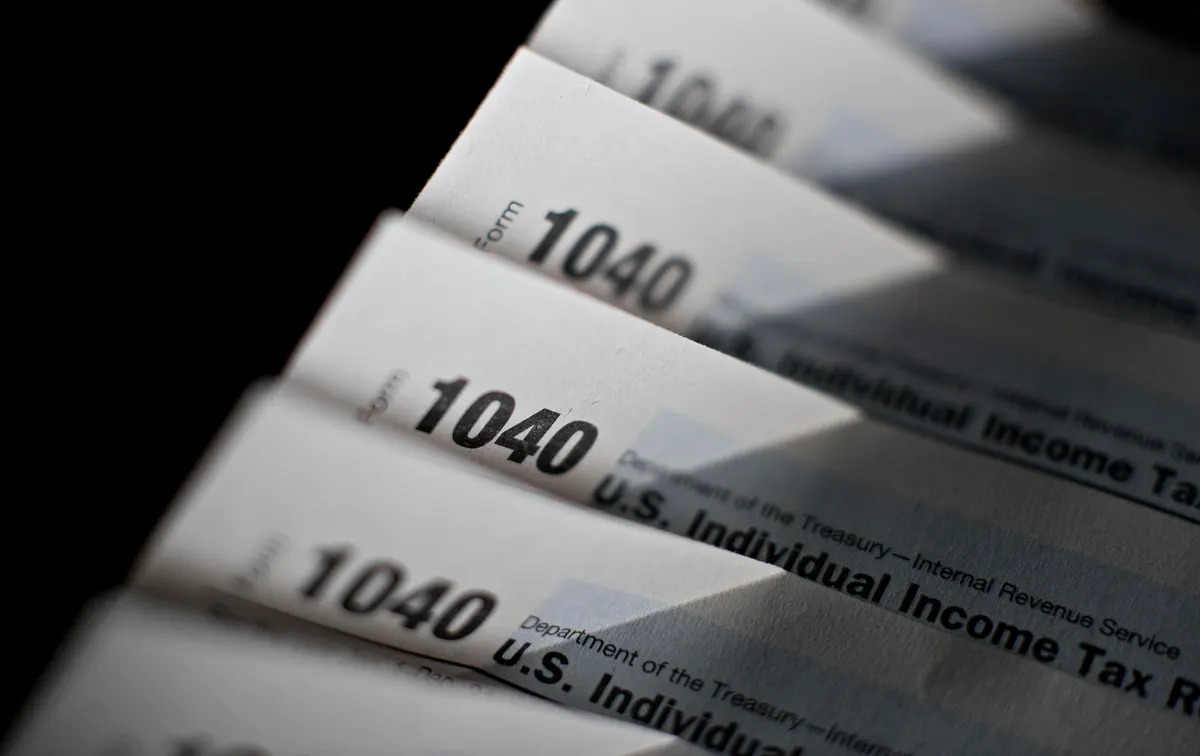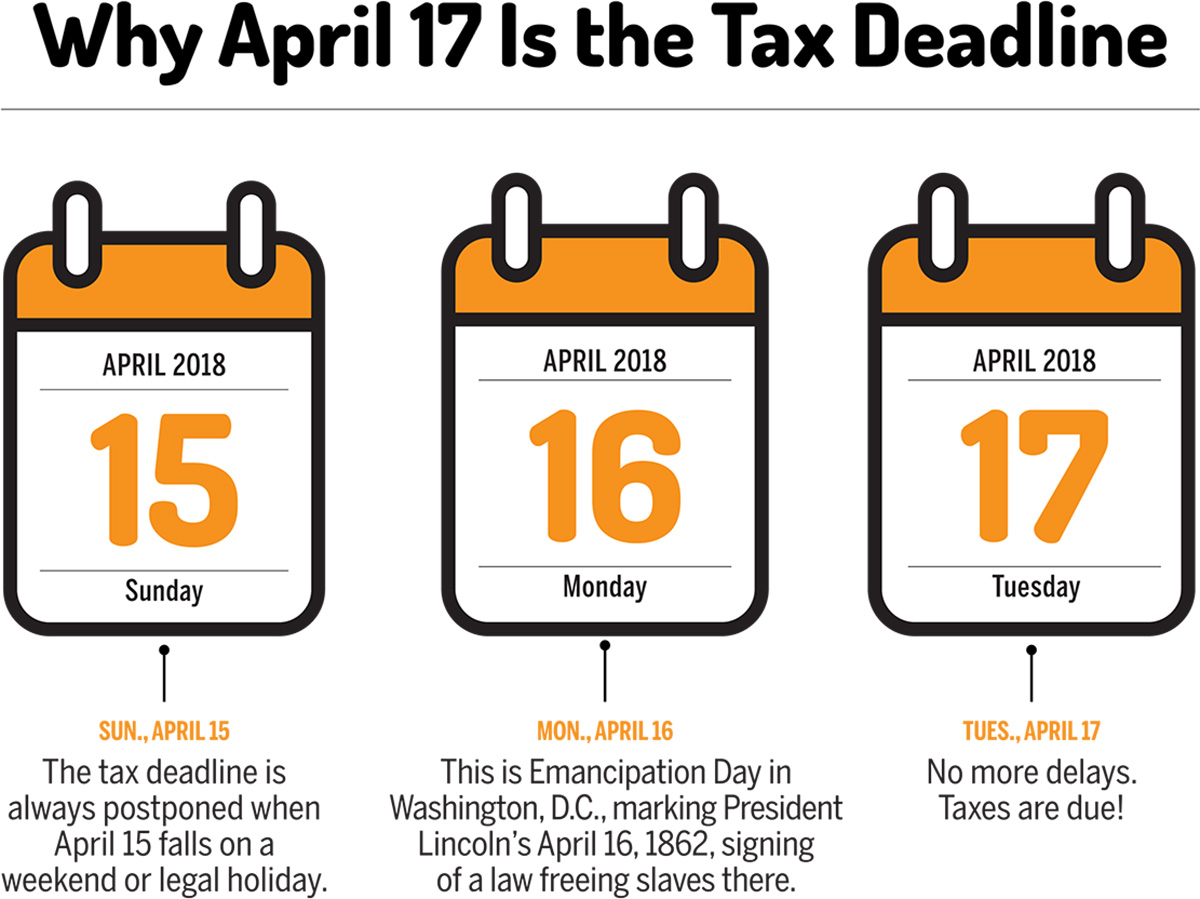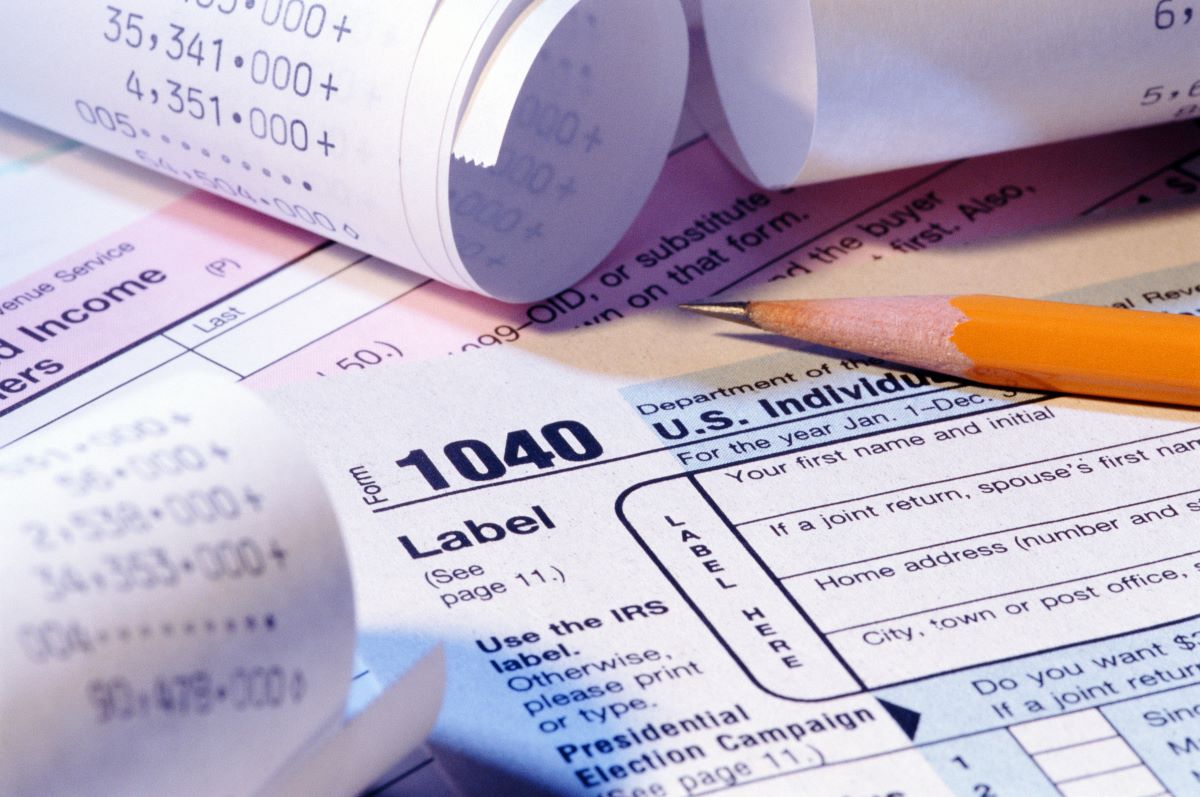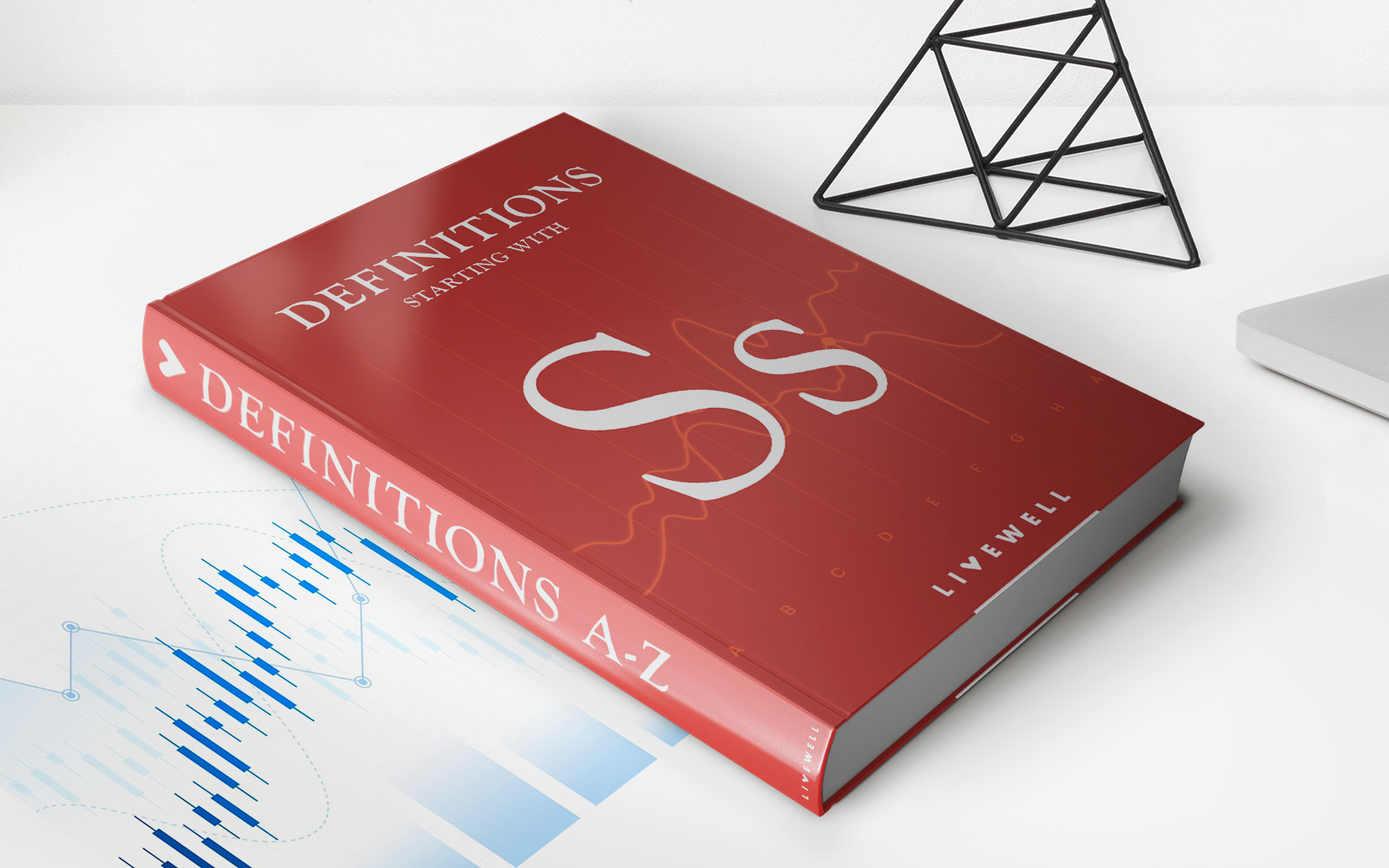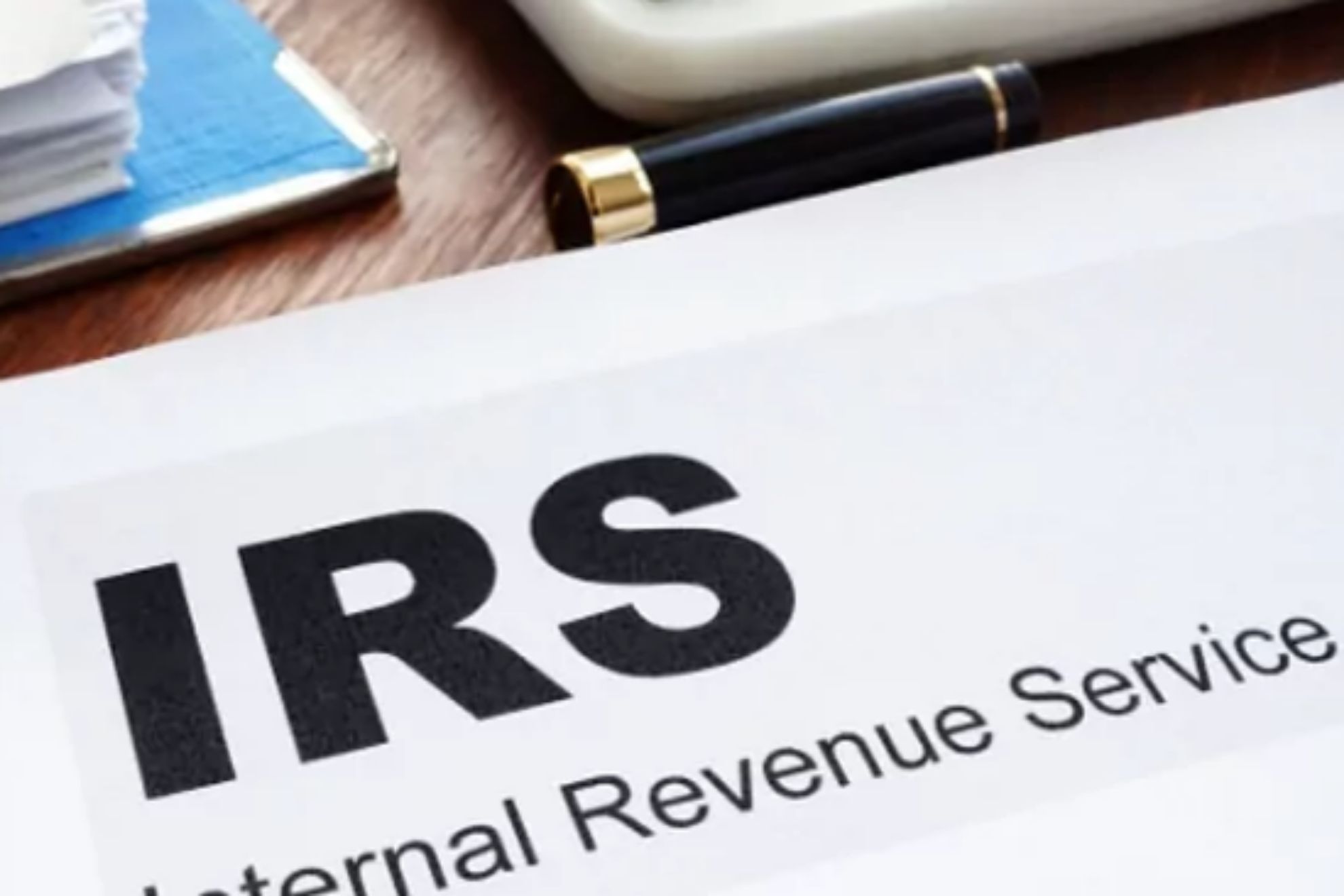

Finance
When Can I File My Tax Return For 2016?
Modified: February 21, 2024
Find out the deadline to file your 2016 tax return and get your finances in order. Stay ahead with the latest updates on tax filing dates and maximize your deductions.
(Many of the links in this article redirect to a specific reviewed product. Your purchase of these products through affiliate links helps to generate commission for LiveWell, at no extra cost. Learn more)
Table of Contents
Introduction
Welcome to the world of tax returns! As the tax year comes to a close, it’s time to start thinking about filing your tax return for 2016. Whether you’re a first-time filer or a seasoned taxpayer, understanding when and how to file your tax return is essential.
Filing your tax return accurately and on time ensures that you comply with the Internal Revenue Service (IRS) requirements and avoid penalties or unnecessary stress. With that in mind, let’s dive into the details of when you can file your tax return for the year 2016.
The tax year 2016 refers to the period from January 1, 2016, to December 31, 2016. During this timeframe, all income and deductions are accounted for, and taxpayers must report their financial information to the IRS accurately.
Every year, the IRS sets specific dates and deadlines for filing tax returns. These dates are important to note to ensure timely submission and potentially expedite any tax returns you may be expecting.
Understanding the Tax Year 2016
The tax year 2016 was a significant period for taxpayers. It was the year in which they reported their income and deductions for the previous calendar year. Understanding the tax year 2016 is crucial for accurately preparing and filing your tax return.
During the tax year 2016, individuals and businesses were required to report their income and expenses, claim applicable deductions and credits, and determine their tax liability accordingly. It’s important to gather all the necessary documentation, such as W-2 forms, 1099s, and receipts, to accurately calculate your taxable income.
In the tax year 2016, certain changes in tax laws and regulations may have impacted your tax return. For example, if you went through significant life events, such as getting married, having a child, or purchasing a home, these events could have implications on your tax liability.
Additionally, the tax year 2016 introduced changes in tax rates and brackets, as well as updates to deductions and credits. Understanding these changes can help you maximize your tax deductions and minimize your tax liability.
It’s essential to review the tax forms and instructions for the tax year 2016 to ensure you are filling them out correctly. These forms provide detailed information on how to report your income sources, claim deductions, and calculate your tax liability.
As you navigate through the tax year 2016, keep in mind that accuracy is crucial when preparing your tax return. Double-check all the figures and seek professional advice if you have any doubts or complex tax situations.
Now that you have a better understanding of the tax year 2016, let’s explore the important dates you need to remember for filing your tax return.
Important Dates to Remember
Filing your tax return on time is crucial to avoid penalties and interest charges. To help you stay organized, here are some important dates to remember for filing your tax return for the year 2016:
- January 1, 2017: The tax year 2016 officially begins. You can start gathering your financial documents, such as W-2 forms, 1099s, and receipts, in preparation for filing your tax return.
- January 23, 2017: The IRS begins accepting electronic tax returns for the tax year 2016.
- April 18, 2017: This is the tax filing deadline for the tax year 2016. Make sure your tax return is submitted or postmarked by this date to avoid penalties.
- April 18, 2017: If you need more time to file your tax return, you can request a six-month extension by filing Form 4868. This extension moves your deadline to October 16, 2017.
- October 16, 2017: If you filed for an extension, this is the deadline for submitting your tax return for the tax year 2016. Late filing penalties may apply if you miss this date.
It’s important to note that these dates may vary slightly from year to year, so it’s always a good idea to double-check with the IRS or consult a tax professional to ensure you have the most up-to-date information.
Marking these dates on your calendar and staying organized with your tax documents can help you avoid last-minute stress and ensure your tax return is filed on time.
Now that you’re aware of the important deadlines, let’s explore the various options available for filing your tax return for the tax year 2016.
Filing Options for Tax Year 2016
When it comes to filing your tax return for the tax year 2016, you have a few options available. Here are the main filing options to consider:
- File your taxes yourself: If you have a straightforward tax situation and are comfortable navigating the tax forms and instructions, you can choose to file your taxes yourself. The IRS provides free filing options for individuals with a certain income level through their Free File program. Additionally, there are numerous online tax software programs available that can guide you through the process and help you accurately prepare and file your tax return.
- Hire a tax professional: If your tax situation is more complex or if you simply prefer to have an expert handle your taxes, you can consider hiring a tax professional. A qualified tax professional can ensure that your tax return is properly prepared, maximizing your deductions and minimizing any potential errors or audit risk. They can also provide guidance and advice on tax planning strategies that may benefit you in the long run.
- Utilize tax preparation services: If you’re looking for a middle ground between filing on your own and hiring a professional, you can opt to use tax preparation services. These services, often available at tax preparation offices or online platforms, combine the convenience of filing yourself with the expertise of tax professionals. You provide the necessary information, and the service will assist in preparing your tax return while also providing support and guidance along the way.
When choosing the best option for filing your tax return for the tax year 2016, consider factors such as the complexity of your tax situation, your comfort level with tax forms and calculations, and your budget. Each option has its advantages and may be better suited to different individuals or situations.
Now that you’re familiar with the main filing options, let’s dive into the specifics of e-filing your tax return for the tax year 2016.
E-Filing Tax Returns for 2016
E-filing, or electronic filing, has become increasingly popular when it comes to filing tax returns. It offers a convenient and efficient way to submit your tax return for the tax year 2016. Here’s what you need to know about e-filing:
Electronic filing allows you to submit your tax return to the IRS using tax software or through an authorized e-file provider. It eliminates the need for paper forms and provides several benefits:
- Speed and Accuracy: E-filing reduces the chance of errors by automatically checking for common mistakes and performing calculations. It also speeds up the processing of your tax return, potentially resulting in a faster refund, if applicable.
- Confirmation and Status Tracking: When you e-file your tax return, you receive a confirmation from the IRS acknowledging receipt. You can also track the status of your return online, giving you peace of mind and keeping you informed throughout the process.
- Security and Privacy: E-filing uses encryption technology to protect your personal and financial information. Authorized e-file providers follow stringent security measures to ensure the confidentiality and privacy of your data.
- Direct Deposit: If you’re expecting a refund, e-filing allows you to choose direct deposit as the method of receiving your refund. This eliminates the need for a paper check and allows for faster access to your funds.
- Availability of E-file Services: The IRS provides a list of authorized e-file providers on their website. You can choose from a variety of tax software companies or tax professionals who offer e-filing services.
Before e-filing your tax return for the tax year 2016, ensure that you have all the necessary documentation and information ready. This includes your Social Security number, income documents, deductions, and any other relevant information for your specific tax situation.
Keep in mind that e-filing deadlines are the same as the paper filing deadlines. If you’re filing for an extension, you can also e-file your extension request using the appropriate form.
Now that you have an idea of how e-filing works, let’s explore the alternative option of paper filing your tax return for the tax year 2016.
Paper Filing Tax Returns for 2016
While e-filing has gained popularity in recent years, paper filing is still an option for individuals who prefer to submit their tax returns manually. If you’re considering paper filing for the tax year 2016, here’s what you need to know:
When paper filing your tax return, you’ll need to obtain the necessary tax forms from the IRS website or your local IRS office. These forms include the 1040, 1040A, or 1040EZ, depending on the complexity of your tax situation.
Here are the steps to follow for paper filing your tax return for the tax year 2016:
- Obtain the Forms: Download and print the necessary tax forms from the IRS website or visit your local IRS office to pick up the forms in person. Ensure that you have all the required forms and schedules for your specific tax situation.
- Gather Your Documents: Collect all the relevant financial documents, such as W-2 forms, 1099s, and receipts, to support your reported income and deductions. Make sure you have accurate and complete information to avoid errors.
- Fill Out the Forms: Carefully fill out the tax forms, following the instructions provided. Pay attention to details and double-check your entries to ensure accuracy. Attach any required schedules and additional documentation as needed.
- Sign and Date: Once completed, sign and date your tax return. If you’re filing a joint return, both you and your spouse must sign the form.
- Mail Your Tax Return: Place your tax return, along with any supporting documents, in an envelope and mail it to the appropriate IRS mailing address. Ensure that you have the correct postage and that the envelope is securely sealed.
Keep in mind that paper filing may take longer to process compared to e-filing. The IRS recommends using certified mail or a reputable delivery service to track your tax return’s delivery and ensure its safe arrival.
It’s important to note that paper filing may not be an option in certain situations, such as if you earned income through self-employment or if you’re claiming certain tax credits. In these cases, e-filing may be required.
Now that you’re familiar with the process of paper filing, let’s explore the deadlines and requirements for requesting an extension for the tax year 2016.
Extension Deadlines for Tax Year 2016
If you find yourself needing more time to file your tax return for the tax year 2016, you can request an extension from the IRS. Extensions provide an additional six months to submit your tax return, but it’s important to be aware of the deadlines and requirements to avoid penalties. Here’s what you need to know:
The regular deadline for filing your tax return for the tax year 2016 is April 18, 2017. However, if you’re unable to meet this deadline, you can request an extension by filing Form 4868, Application for Automatic Extension of Time to File U.S. Individual Income Tax Return.
By submitting Form 4868, you will receive an automatic extension until October 16, 2017, to complete and file your tax return. Keep in mind that this extension applies only to the filing of your tax return, not the payment of any taxes owed. If you anticipate owing taxes, it’s important to estimate and pay the amount due by the regular deadline to avoid penalties and interest charges.
When requesting an extension, you have the option to e-file Form 4868 or mail a paper copy. If e-filing, you can use the IRS’s Free File program or commercial tax software that supports Form 4868. If mailing a paper copy, ensure that it is postmarked by the regular filing deadline.
It’s worth noting that while an extension grants you additional time to file your tax return, interest will still accrue on any taxes owed starting from the original due date. It’s advisable to pay as much of the estimated tax liability as possible to minimize interest charges.
Be aware that filing an extension does not exempt you from any late payment penalties if you owe taxes. If you fail to pay the full amount owed by the original deadline, you may be subject to penalties and interest charges.
Remember to accurately complete and submit Form 4868 to ensure a valid extension. Keep a copy for your records, as it serves as proof of the extension request.
Now that you’re informed about extension deadlines for the tax year 2016, let’s conclude with some final thoughts.
Conclusion
Filing your tax return for the tax year 2016 is a necessary task that requires careful attention to deadlines and accuracy. By understanding the tax year, important dates, filing options, and extension deadlines, you can navigate the process with ease and confidence.
Whether you choose to e-file your tax return or opt for the traditional paper filing method, make sure to gather all your financial documents and accurately report your income and deductions. Take advantage of the convenience, speed, and accuracy of e-filing, or enjoy the hands-on approach of paper filing if it suits your preference.
Remember, if you need more time to complete your tax return, filing for an extension with Form 4868 is a viable option. Just be sure to estimate and pay any taxes owed by the original filing deadline to avoid penalties and interest.
Consulting with a tax professional or utilizing tax preparation services can also provide peace of mind and expert guidance, especially if you have a complex tax situation or are uncertain about certain deductions or credits.
Stay informed about changes in tax laws and regulations and review the latest tax forms and instructions to ensure compliance with IRS requirements.
By staying organized, paying attention to deadlines, and accurately reporting your financial information, you can successfully file your tax return for the tax year 2016 and avoid any unnecessary stress or penalties.
As a responsible taxpayer, your commitment to filing your tax return in a timely and accurate manner not only meets your legal obligations but also ensures that you’re contributing to the functioning of our society and supporting the necessary public services.
So, don’t delay! Start gathering your documents, consult the IRS website or a tax professional for any specific questions or concerns, and complete your tax return for the tax year 2016 with confidence.
Remember, the deadline is approaching, so take action now and fulfill your taxpayer duties. Good luck!
